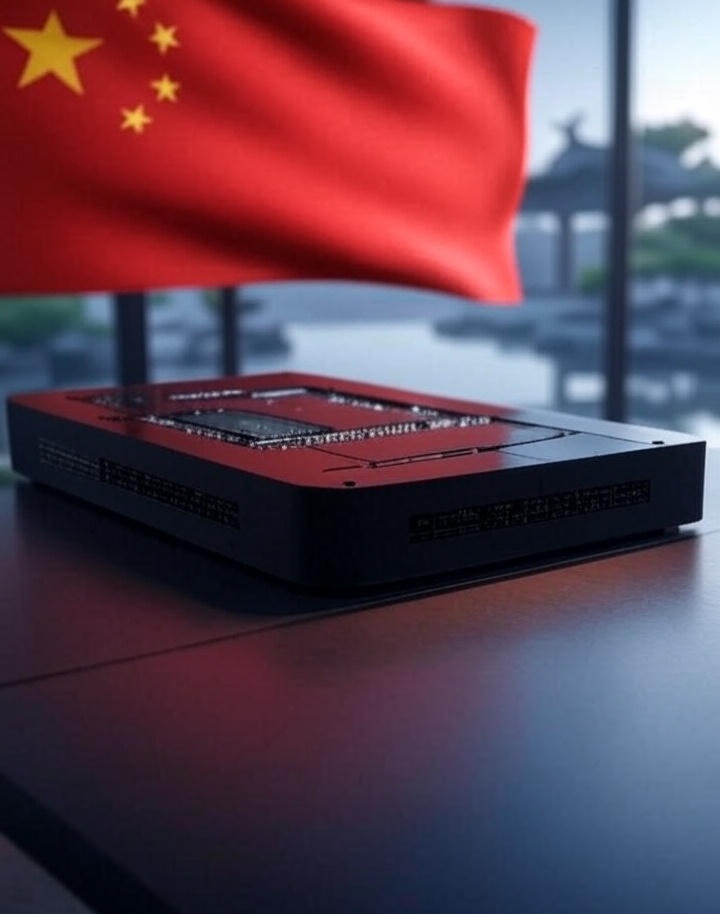The United States appears to have softened its stance on semiconductor exports to China, opening the door for NVIDIA and AMD to resume shipping certain AI chips. 
This move, some believe, might be tied to a broader strategic agreement involving rare earth magnets between the two superpowers.
Earlier today, NVIDIA confirmed via a blog post that it will apply for permission to sell its China-specific H20 GPUs again. The company claims to have received assurances from U.S. officials that the green light should come soon, allowing shipments to restart shortly.
AMD, not far behind, also declared its intent to seek U.S. approval for the export of its MI308 GPUs tailored for the Chinese market.
This policy shift follows significant financial damage to NVIDIA. In the quarter ending in April, the company suffered a $4.5 billion blow due to inventory write-downs and related purchase commitments after being informed on April 9 that the H20 GPUs would face indefinite licensing hurdles. Bernstein estimates the current quarter has cost NVIDIA another $8 billion in lost potential revenue from China alone-an alarming figure when considering NVIDIA had previously projected a $50 billion annual revenue opportunity from the region.
A Bernstein analyst didn’t hold back, labeling the original H20 ban as “unnecessary and, frankly, somewhat nonsensical.” He also pointed out that recovering just $10 billion of China revenue could boost NVIDIA’s earnings per share by about 25 cents.
Citi offered a broader geopolitical context, suggesting that this policy reversal may be a piece of a larger puzzle. They believe it could stem from ongoing negotiations between the U.S. and China, which have already yielded the lifting of EDA restrictions and a deal on rare earth magnets. If true, the chip export resumption might be less about tech policy and more about strategic resource diplomacy.